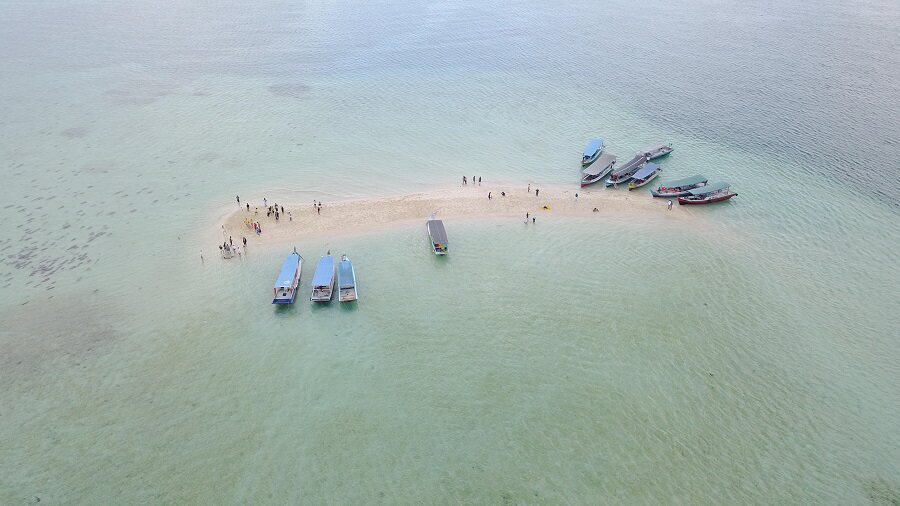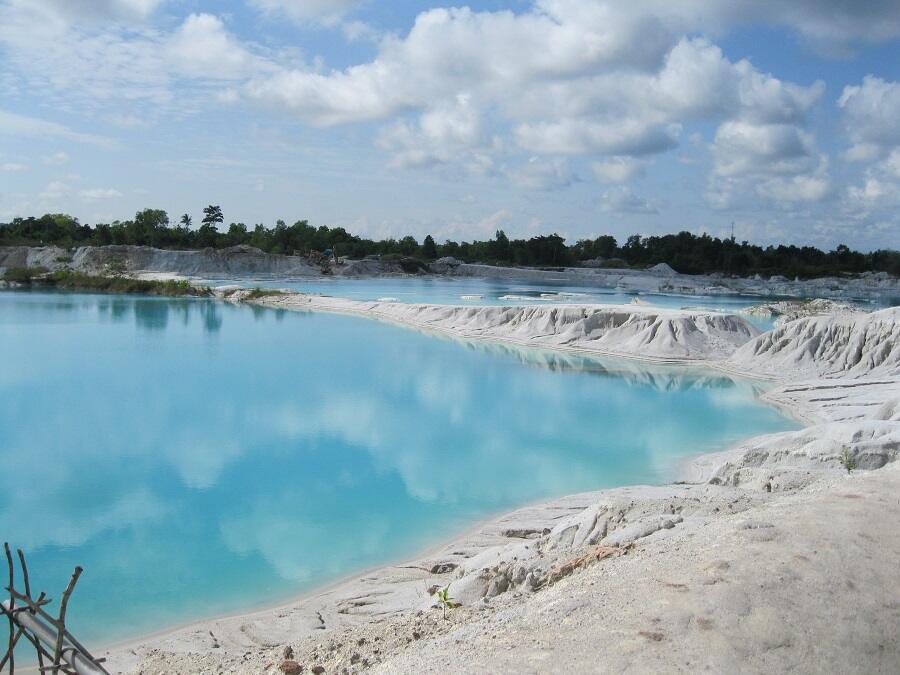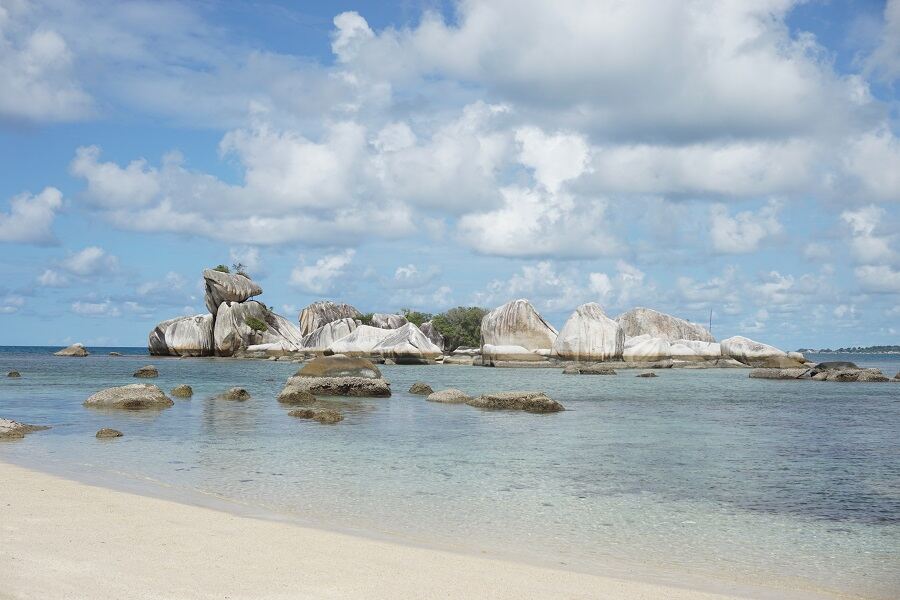Belitung Island: Indonesia’s Quiet Soul of Granite and Grace
There’s a moment, just after dawn, when Belitung Island exhales. The sea lies still, like glass brushed with silver, and the granite boulders—those ancient sentinels of the shore—cast long shadows across the sand. It’s here, off the eastern coast of Sumatra, that I found a rhythm unlike any other. Not the pulse of a metropolis, nor the hum of a tourist trap, but a gentle, unhurried beat that belongs entirely to Belitung.

I arrived with a journalist’s curiosity and a traveller’s heart, eager to peel back the layers of this island often dubbed the “Maldives of Indonesia”. But Belitung is no mere tropical postcard. It is a living tapestry of culture, nature, and community—woven together with threads of tin, folklore, and salt air.
The island’s cultural roots run deep, shaped by centuries of maritime trade. Chinese, Malay, and indigenous influences converge in the language, cuisine, and customs of the Belitung people. In the village of Gantong, I met a group of schoolchildren rehearsing a traditional dance for the Laskar Pelangi Festival—a celebration inspired by the beloved novel set on the island. Their movements were precise yet joyful, echoing stories of love, resilience, and the land itself.

Local crafts still thrive here. In a modest workshop tucked behind a coffee stall, I watched an elderly woman weave palm fibres into baskets, her fingers moving with the ease of memory. “This is how we remember,” she told me, smiling. “We make things that last.”
Nature, too, leaves its indelible mark. Belitung’s landscapes are a study in contrasts—white sand beaches framed by hulking granite formations, mangrove forests teeming with life, and lakes so vividly blue they seem painted by hand. At Tanjung Tinggi Beach, I climbed atop a boulder and gazed out at the horizon, where the sea met sky in a seamless embrace. The beach, made famous by the Laskar Pelangi film, is more than a cinematic backdrop—it’s a sanctuary.

Island-hopping from Tanjung Kelayang revealed hidden gems: Lengkuas Island with its 19th-century lighthouse, Pasir Island that vanishes with the tide, and Pulau Bua Bong, a haven for birdwatchers. Beneath the waves, coral reefs bloom with colour, offering snorkellers a glimpse into a thriving marine world. I swam alongside clownfish and watched sea turtles glide past with quiet grace.
But perhaps the most compelling story lies in the everyday lives of Belitung’s residents. Once a hub for tin mining, the island has shifted towards fishing, agriculture, and sustainable tourism. In East Belitung, I joined a group of palm oil farmers attending a training session led by the National Research and Innovation Agency. Their questions—about pruning, seed selection, and climate resilience—spoke volumes about their commitment to progress without losing touch with tradition.
Life here runs on “santai” time—relaxed, deliberate, and deeply communal. At Waroeng Kopi Ake, the island’s oldest coffee shop, bapak-bapak (older gentlemen) gather each morning to sip thick, sweet brews and swap stories. I sat among them, listening to tales of Raden Kamala, a mythical figure said to bring luck and wisdom. The laughter was easy, the coffee strong, and the sense of belonging palpable.
Belitung is not a place you merely visit—it’s a place that invites you to linger, to listen, and to learn. It whispers its stories through granite and song, through the hands of its artisans and the smiles of its children. And if you’re willing to slow down, to match its pace, you’ll find that the island doesn’t just reveal itself—it welcomes you in.

